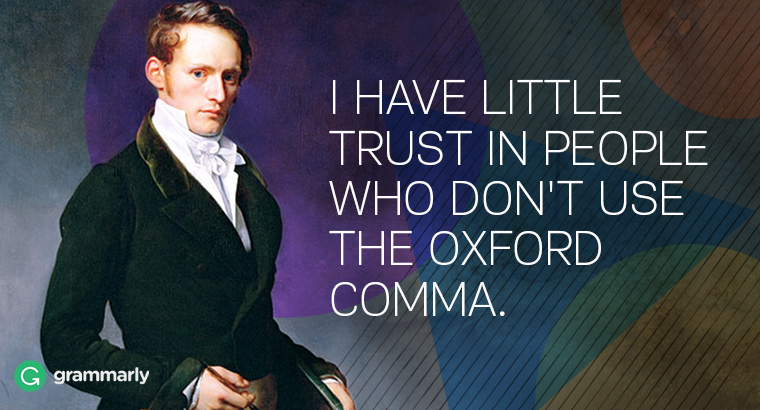Then there was the color-coding of the muses: Alexandre Dumas, for decades he penned all of his fiction on a particular shade of blue paper, his poetry on yellow, and his articles on pink; on one occasion, while traveling in Europe, he ran out of his precious blue paper and was forced to write on a cream-colored pad, which he was convinced made his fiction suffer. Charles Dickens was partial to blue ink, but not for superstitious reasons — because it dried faster than other colors, it allowed him to pen his fiction and letters without the drudgery of blotting. Virginia Woolf used different-colored inks in her pens — greens, blues, and purples. Purple was her favorite, reserved for letters (including her love letters to Vita Sackville-West, diary entries, and manuscript drafts). Lewis Carroll also preferred purple ink, but for much more pragmatic reasons: During his years teaching mathematics at Oxford, teachers were expected to use purple ink to correct students’ work — a habit that carried over to Carroll’s fiction.
So how do my little eccentric (or never before mentioned) writing practices measure up? Is my personal muse quirky, dull, or out of control?
Since my quirks are normal for me, I had to think about this for a bit.
• I always drink coffee that is part of my current ‘setting’. When my setting is New Orleans I mail order my coffee from my favorite spot. Café du Monde. I have my cup and saucer, and a portable mug when I writing outdoors.
I have a blue coffee pot and matching tin cup when I am writing westerns (yes, the coffee is VERY strong and black). And of course, a Starbucks cup or a Disneyland mug when my novels take place in So.Cal.
• My music and my menu planning are also linked to my settings. All within the range of normal. Though I have more than my fair share of coffee mugs and cups.
• I listen to diction videos on YouTube so that I am not relying on my memory for the sound of a Cajun accent, Texan’s drawl, etc.
• I visit areas on Google Earth and Zillow. Even if I have lived or vacationed there, I may have forgotten an interesting ‘something’ I can insert into dialogue, or find a way to describe a scene.
• I talk to myself. Oh not simple little sentences. I’m talking about a two-way conversation: “Do you think that might work?” “No. No one is that stupid!” “How about. . .” This is the time my husband walks by to find out who’s on the phone, or if I’m asking him a question. The dog even pokes her head in to see what’s going on. I’m thinking this is a bit outside of the ‘normal’ range.
• When I write I have to make certain my work space is in perfect order. I have colored folders/pens/notebooks that match and are exclusive to the story I’m working on at the moment.
• I never enroll in an online class when I’m writing—it’s guaranteed writers’ block. I never talk about my WIP because I mentally clock that as writing time and lose interest in the story before it’s completed.
• Whatever story I am working on is my favorite.
• I survive on 3 hours sleep when I am deep in a story. I know I drink coffee, but seem to run the story in my mind when I sleep too.
• I also pick up the quirks of my heroines. I have several friends who are in theater and they've said it’s a bit like ‘method acting’. Fortunately, I’m back to my state of normal a couple of weeks after typing THE END.
I think all of this is part of a writer’s voice. It is what we, as readers, look for in a story. Hopefully, it is what my readers, enjoy about the novels, short-stories and novellas that I write too.
Happy Reading!
Connie
Purchase Links to my novels on Amazon
My website: Book Trailers, Blog, and Twitter feeds too!
You can also find me @ Dishin' It Out













.jpg)


.jpg)


